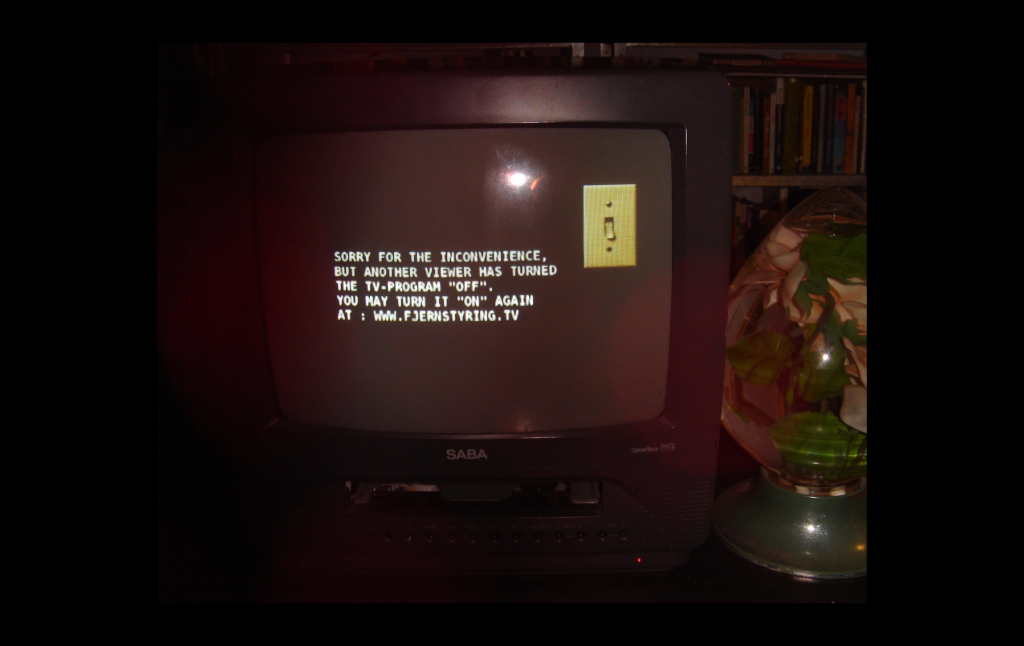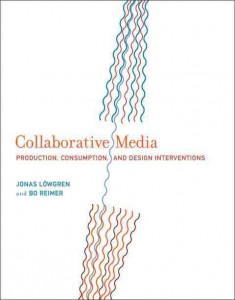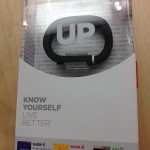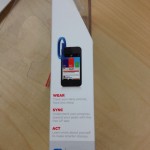Ståhl and Östling presented a 45 minute performance of their artist book, “23,500” (Malmö: Publication Studio, 2013). As described in their statement for the seminar, the book engages with “the interstitial space between architecture, materiality and gentrification. Drawing upon a substantial archive of photographs and texts, the concertina publication consists of a 12m long print documenting the Sheffield housing estate Park Hill – a massive, council-owned, Brutalist structure currently being privatised and therefore undergoing massive refurbishment. The image on one side of the print is a collage of photographs that together make up the entirety of the facade of the complex. The opposite side of the print contains a series of text collages weaving together descriptive text, archival material and references to architectural theory. The covers of the publication are cast in concrete, the same material used to construct the frame of the housing complex itself.”
For the seminar four Kodak Carousel slide projectors were used to project a black and white mosaic style panorama of Park Hill estate, which Östling slowly cycled through while Ståhl read from the text of the book. Much of the reading focused on giving granular descriptions of the estate, with an emphasis given to the edifice itself, the fractal qualities of its hard angles and rough surfaces as well as its occasional patches of washing, graffiti or leftover rubbish, traces of inhabitants within what is currently a largely derelict space. The cycling of slides from right to left was such that one was taken on a “walk” around the entire facade of Park Hill, finishing at the end of the performance back at the first slide and starting point of this verbal and visual tour.







